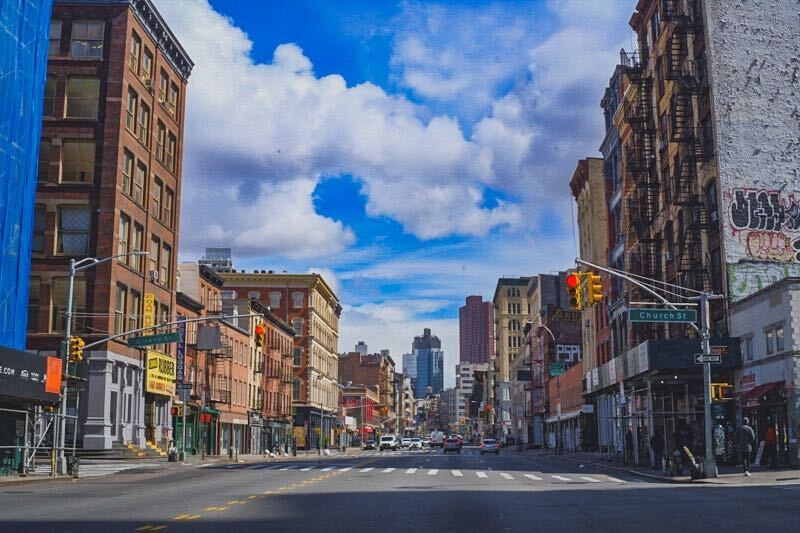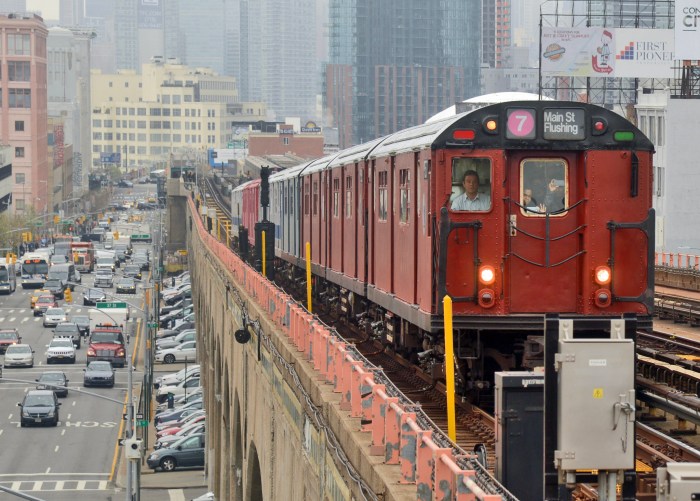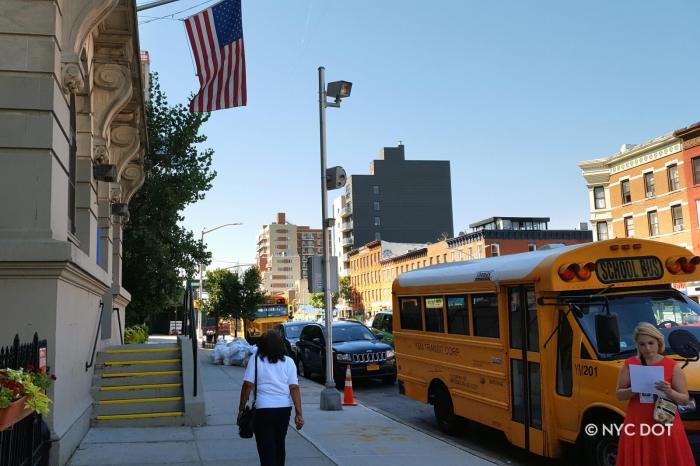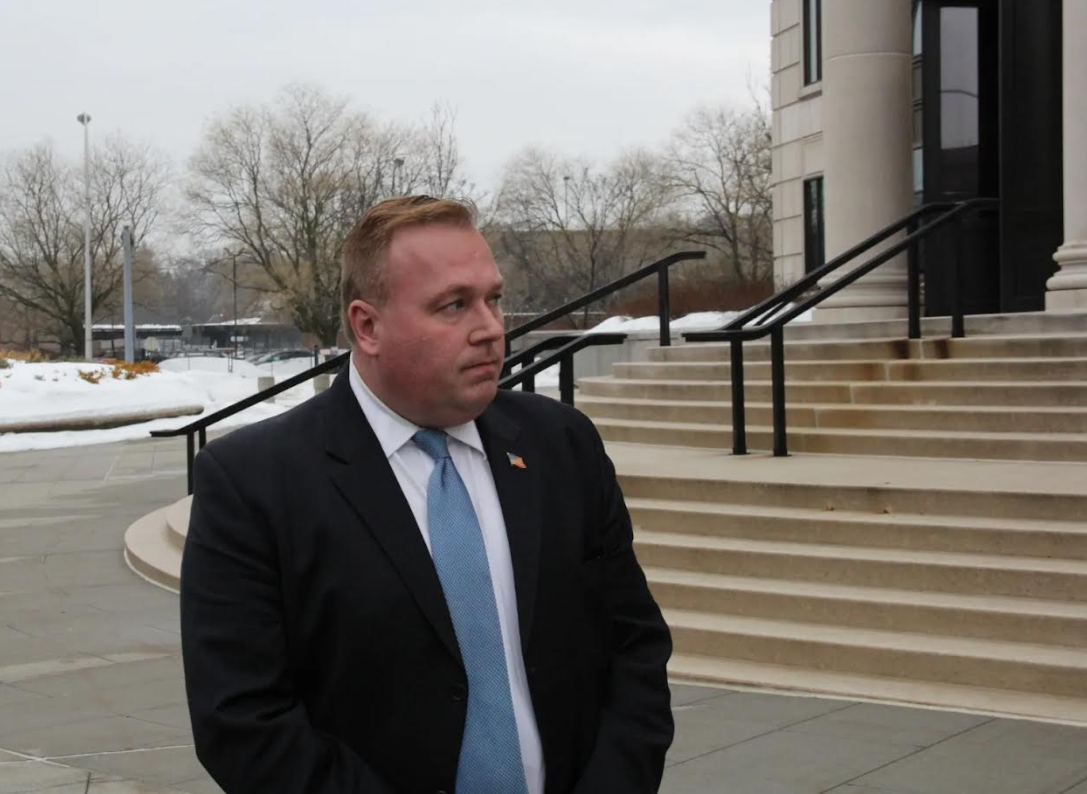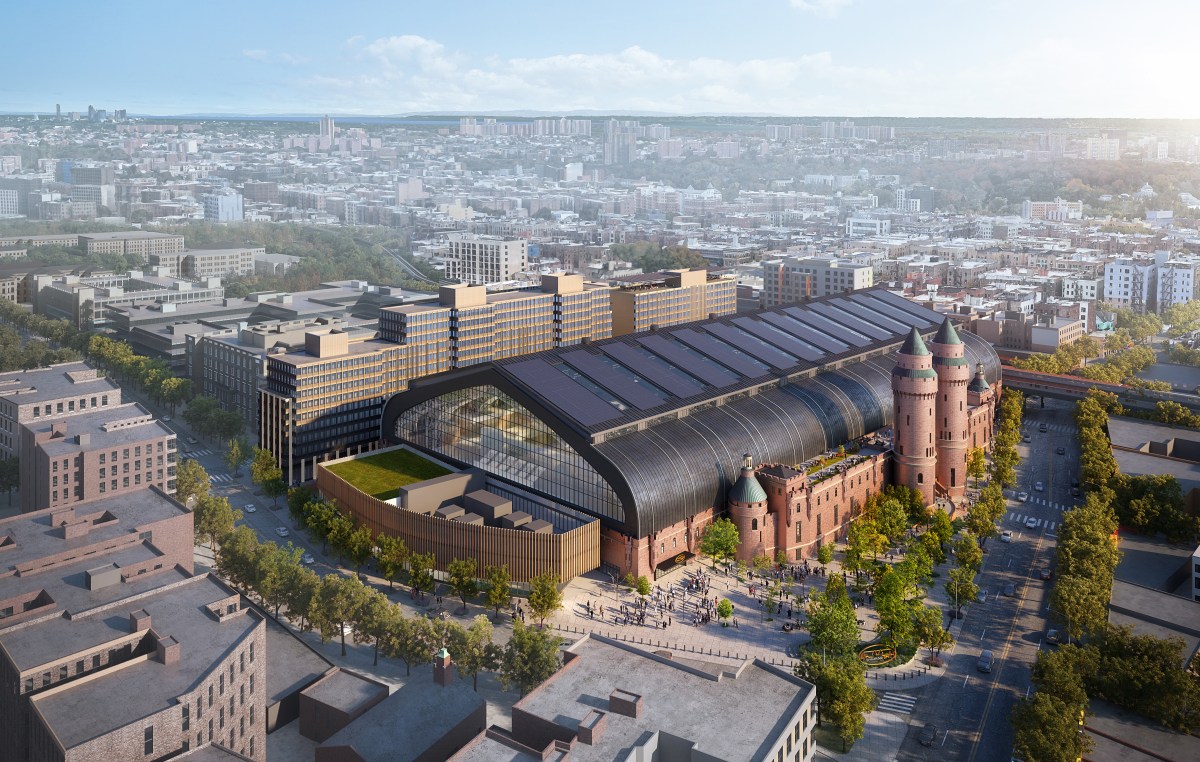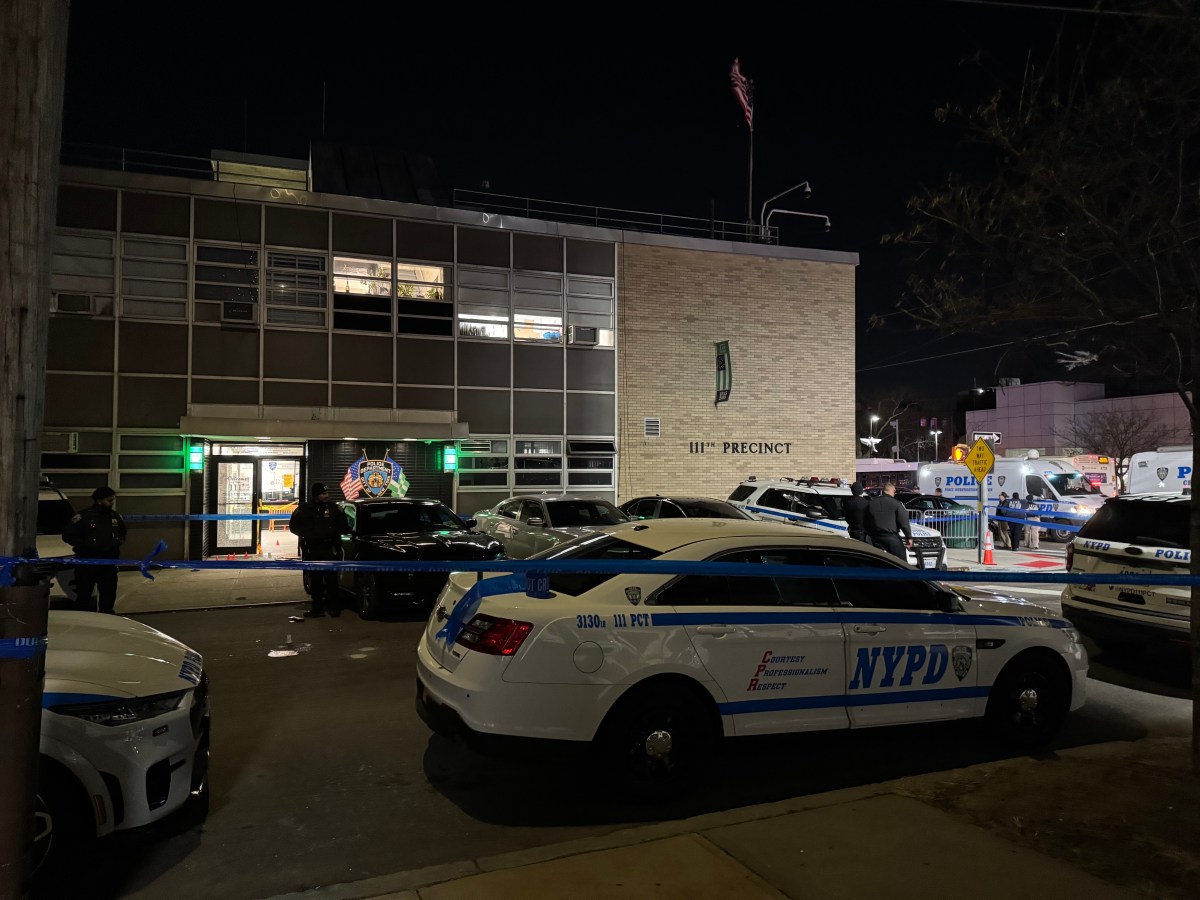Less than 24 hours after Council Speaker Corey Johnson threatened to go to Governor Andrew Cuomo regarding Mayor Bill de Blasio’s reluctance to open streets for social distancing, hizzoner announced 100 miles of pedestrian and cyclist road space.
According to the speaker’s office this will start with 40 miles of street closures, sidewalk widening and additional bike lanes for the first month that follow weeks of de Blasio telling New Yorkers enforcement complications have kept the administration from creating social distancing space in roadways.
“As the weather gets nicer and this unprecedented crisis stretches on longer, we need to do everything in our power to keep our neighbors safe and healthy. This announcement is a great starting point for the ongoing conversation about how we share our public spaces during this pandemic and in a post-coronavirus future,” Johnson said.
The advancement of open streets will start in areas around parks despite the mayor closing the majority of parks under the explanation that New Yorkers were not remaining six feet apart, deeming green-space as an area of concern for the spread of COVID-19.
The open streets plan will be in place for the duration of the governor’s PAUSE program.
“I’ve said consistently that we want to see new approaches but we have to make sure that they’re safe and we have to make sure that there is enforcement,” de Blasio said Monday. “The focus will be where the need is greatest… Some of the communities we’ve already identified as having been hard hit by COVID.”
Some communities will have sidewalks widened like was seen around Rockefeller Center during the holidays and bike lane miles will also be expanded throughout the city.
Vehicle miles traveled by borough have been reduced from between 78% in the Bronx to about 92% in Manhattan, according to statistics from StreetLight Data.
Johnson and Councilwoman Carlina Rivera, who both represent parts of Manhattan, introduced legislation in the City Council on April 22 that would require the city Department of Transportation to create 75 miles of open road. While this bill only recently went through the Transportation Committee, it came with support from council members across the city.
On Sunday morning, de Blasio told reporters the ability to open streets came down to the police force having the personnel they need to enforce it.
Later on Sunday, Johnson wrote in the New York Times that if the mayor did not get serious about opening street space, he would appeal to the governor to wield authority over the matter.
“You have to be very realistic, you have a lot of people in a very dense urban environment… It’s very hard to walk down a sidewalk in New York City and social distance,” Cuomo said Monday. “Remember, in New York City, the traffic is way, way down… I spoke to the city council speaker and the mayor about it. We did open streets and there was a program that was operational. Apparently they have a disagreement of how it workers. I said figure it out.”
This debate for open streets goes back to Cuomo, in the early days of the pandemic, mandating that streets be opened up after observing crowding in parks. De Blasio committed four stretches of roadway in four different boroughs that only lasted less than two weeks before being discontinued.
“You have no cars, you don’t need as many streets. There is a direct proportionality,” Cuomo added in his Monday briefing on coronavirus.
The mayor attributed this decision, as he would throughout the month-long dispute to open streets, to a lack of NYPD officers to patrol the open streets.
In the meantime, many New Yorkers have looked to other cities such as Oakland longingly for their 80 miles of open streets.



